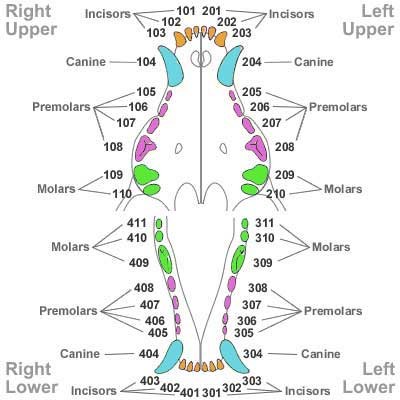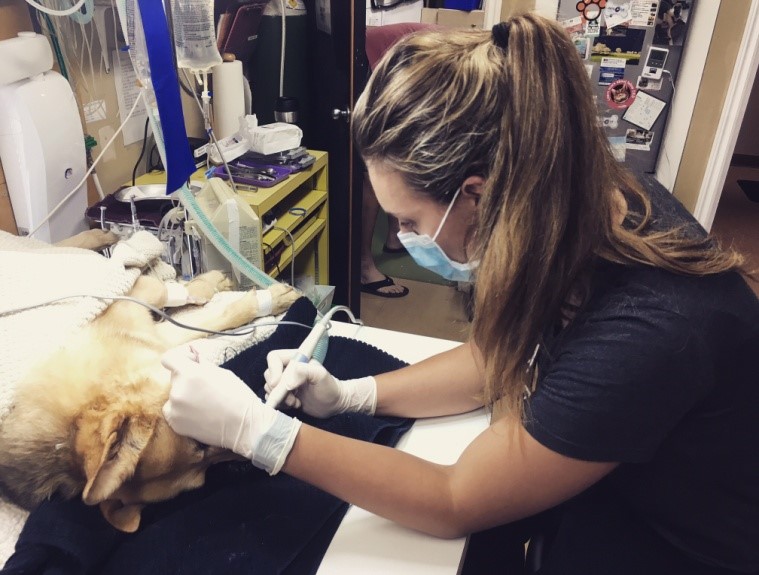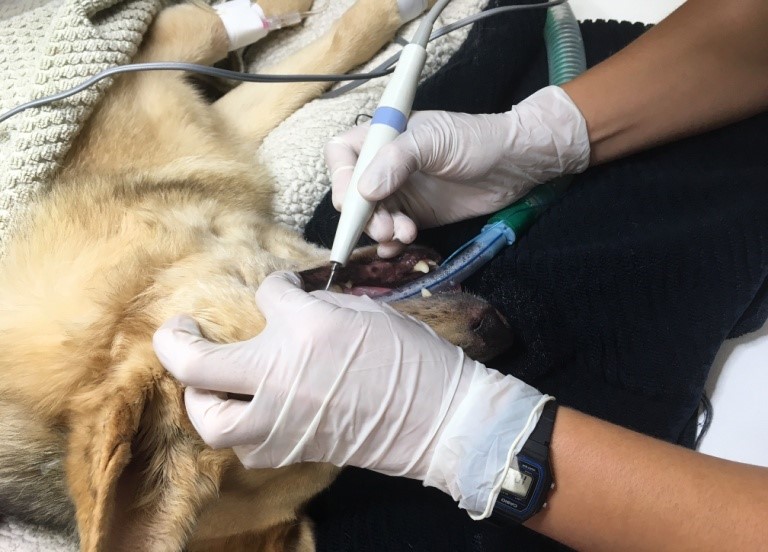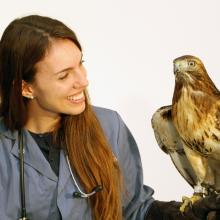As the weeks continue to fly by at my externship placement, one of the biggest things I have come to notice is the need to gain hands-on experience in a wide variety of areas we only have time to briefly cover while at OVC. Given the jam packed curriculum, it is next to impossible to fit in all of the information about the wide array of things we will see in everyday general practice. One specific area which I have taken a keen interest over the past few weeks is veterinary dentistry. This is a critical discipline in veterinary medicine and not only in the small animal world! A healthy mouth is a major factor in any animal’s life, and  performing dental procedures is common in exotic, equine, and small animal medicine. I have been lucky enough to catch a glimpse of all of these during my time here at Tsolum Veterinary Clinic in partnership with veterinarians from other nearby veterinary practices.
performing dental procedures is common in exotic, equine, and small animal medicine. I have been lucky enough to catch a glimpse of all of these during my time here at Tsolum Veterinary Clinic in partnership with veterinarians from other nearby veterinary practices.
(Illustration at left: This is the dental chart for a dog. Adult dogs have 42 teeth. Each tooth has its own number - changes noted or procedures performed on that tooth during a dental procedure are recorded.)
In the photos below, I am performing a scale and polish on a middle-aged dog with mild periodontal disease whose owners were diligent to bring the dog in, luckily before any major dental issues had ensued. They noticed halitosis (stinky breath) on the dog, after which we performed a full physical exam. We observed some moderate plaque on the majority of the molars, premolars, and canines along with moderate gingival hyperplasia. The owners opted to have the dog anesthetized for a full dental procedure, including dental radiographs, which are critical to any dental diagnosis. Luckily, the dental radiographs did not show any evidence to require teeth extraction (including fractures, pulp exposure, tooth root abscesses, or other dental problems), and a relatively simple scale and polish was performed.


Another dog this same week was not so lucky. A fractured carnassial tooth with exposed pulp chamber could be seen on radiographs and needed to be extracted due to exposure to bacteria.  Tooth root fractures in animals are extremely painful, just as they would be in a human patient. Unfortunately for us, our pets can’t tell us they are in pain, and we need to look for other signs of discomfort like decreased appetite, ptyalism (excessive drooling), halitosis (bad breath), and other signs to help us see that a pet is in discomfort. Often our cats and dogs are so stoic they may not show any signs of pain or discomfort until disease is in its late stages, which makes routine dental care and observation by owners extremely important!
Tooth root fractures in animals are extremely painful, just as they would be in a human patient. Unfortunately for us, our pets can’t tell us they are in pain, and we need to look for other signs of discomfort like decreased appetite, ptyalism (excessive drooling), halitosis (bad breath), and other signs to help us see that a pet is in discomfort. Often our cats and dogs are so stoic they may not show any signs of pain or discomfort until disease is in its late stages, which makes routine dental care and observation by owners extremely important!
An example of a fractured carnassial tooth in a dog. The pulp cavity is clearly exposed in this case, which allowed bacteria to access blood supply to the tooth. (Image from Google images: fractured carnassial in dog)
Unfortunately, people often underestimate the importance of dentistry in their pets. Periodontal disease affects up to 80 per cent of dogs by the age of four, which is a much higher number than many pet owners realize. Often, dental problems get overlooked because the majority of the tooth actually lies below the gum line – think of it like an iceberg! Regular brushing of teeth in both dogs and cats with appropriate pet toothpastes, use of approved dental chews, and use of approved dental additives to water should be discussed with a veterinarian as ways to help prevent dental disease in pets. Unfortunately, owners also need to know that genetics play a huge role in their pet’s dental health. Some breeds and individuals, unfortunately, will be much more prone to having bad teeth than others. It becomes important for all owners to be diligent and play an active role in their pet’s dental health!
As one can see, a healthy smile is important not only for humans, but in all of our furry (and not so furry) friends as well!
